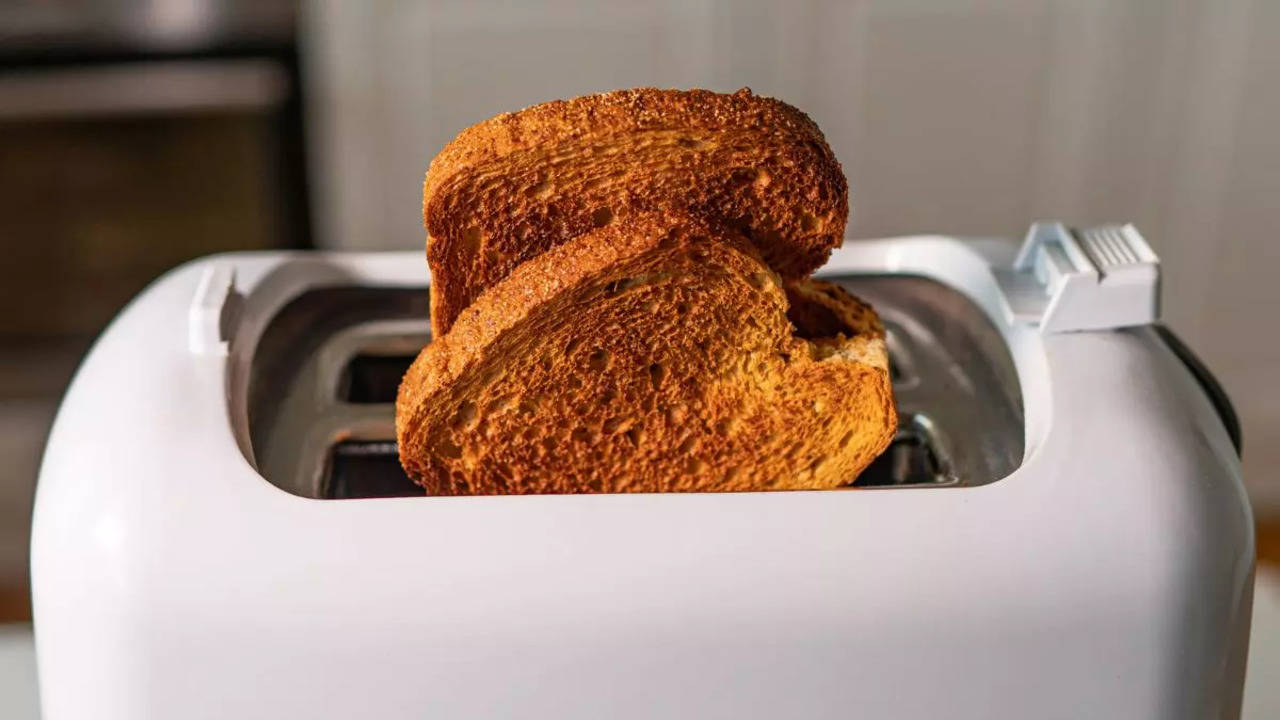

Articles
How Many Watts Does Toaster Use
Modified: February 28, 2024
Discover how many watts a toaster uses in this informative article. Learn about energy consumption and find tips for more efficient use.
(Many of the links in this article redirect to a specific reviewed product. Your purchase of these products through affiliate links helps to generate commission for Storables.com, at no extra cost. Learn more)
Introduction
Toast is a breakfast staple enjoyed by millions of people around the world. Whether it’s a simple slice of bread or a gourmet bagel, toasting adds a delightful crunch and warmth to our morning meal. But have you ever wondered how much power it takes to achieve that perfect golden brown toast? In this article, we will explore the wattage of toasters and the factors that influence their power consumption.
Understanding the power usage of our appliances is crucial in this energy-conscious world. By knowing how many watts a toaster uses and how it affects our overall energy consumption, we can make informed decisions about our daily routines and strive towards a more sustainable lifestyle. So, let’s dive into the world of toasters and watts!
Key Takeaways:
- Toasters with higher wattage toast bread faster but consume more energy, while factors like bread thickness and toasting time also affect power usage. Understanding these factors can help optimize energy efficiency.
- Choosing the right wattage, toasting in batches, and considering energy-efficient models can minimize a toaster’s power usage, contributing to a more sustainable and eco-friendly lifestyle.
Read more: How Many Watts Does A Freezer Use?
Understanding Watts
Before we can delve into the wattage of toasters, let’s first understand what a watt is. In simple terms, a watt is a unit of power that measures the rate at which an electrical device uses energy. It tells us how much energy is consumed per second.
To put it into perspective, imagine you have a light bulb that is rated at 60 watts. This means that the bulb consumes 60 joules of energy every second. The higher the wattage, the more energy an appliance uses, and the faster it will consume electricity.
When it comes to toasters, the wattage determines how quickly the heating elements warm up and toast your bread. The higher the wattage, the faster and more efficient the toasting process will be. However, it’s important to note that higher wattage also means greater energy consumption.
Most toasters on the market today have a wattage ranging from 600 to 1500 watts. This variation allows for different levels of toasting power, accommodating various preferences and bread types.
Now that we have a basic understanding of watts, let’s explore how a toaster works and how it utilizes this power.
How Toaster Works
A toaster is a wonderful invention that combines simplicity and efficiency to achieve that perfect slice of toast. The workings of a toaster may seem uncomplicated, but it’s fascinating to understand the science behind it.
At its core, a toaster consists of several key components: heating elements, a thermostat, a timer, and a lever to lower and raise the bread slices.
When you place your bread into the toaster and push the lever down, the electrical circuit is closed, and the heating elements are activated. These elements, usually made of nichrome wire, begin to heat up rapidly. Nichrome wire is used due to its high resistance, which allows it to convert electrical energy into heat efficiently.
The thermostat inside the toaster works as a temperature regulator. It monitors the temperature of the heating elements to ensure they don’t overheat or burn the bread. Once the desired temperature is reached, the thermostat shuts off the power supply to the heating elements, stopping the toasting process.
The timer is responsible for controlling the duration of the toasting cycle. When you turn the timer knob, it determines how long the heating elements stay on. This allows you to customize the level of browning or toasting to your preference.
As the bread is exposed to the heat from the heating elements, it undergoes a chemical process called the Maillard Reaction. This reaction causes the sugars and amino acids in the bread to react, resulting in the desirable golden-brown color and delicious aroma that we associate with toasted bread.
Once the timer completes its cycle, the toaster pops the bread up using a spring-loaded mechanism. This mechanism lifts the bread out of the toaster and into a safe position for easy removal.
Understanding how a toaster works not only gives us an appreciation for the engineering that goes into this simple appliance, but it also helps us comprehend its power consumption.
Factors Affecting Power Consumption of Toaster
The power consumption of a toaster can vary depending on several factors. Understanding these factors can help us become more mindful of our energy usage and make informed choices. Let’s explore the key factors that influence the power consumption of a toaster:
- Wattage Rating: The wattage rating of a toaster is the primary factor affecting its power consumption. Higher wattage toasters will use more electricity and toast bread faster than lower wattage models.
- Number of Toasting Slots: Toasters come in different sizes, with varying numbers of toasting slots. Models with multiple slots will generally have a higher wattage and consume more energy to toast multiple slices simultaneously.
- Bread Thickness: Thicker slices of bread require more energy to toast evenly. If you often toast thick slices, it may result in slightly higher power consumption compared to toasting thinner slices.
- Toasting Time: The longer you toast your bread, the more energy the toaster will consume. Keep in mind that toasting beyond the desired level of browning can waste energy.
- Additional Features: Some toasters come with extra features like bagel or defrost settings. These features may require additional power to operate and can slightly increase overall power consumption.
- Usage Frequency: The more frequently you use your toaster, the more energy it will consume over time. If you use your toaster multiple times a day, it’s important to consider its impact on your overall energy consumption.
It’s important to note that while these factors can influence the power consumption of a toaster, the actual energy usage for each toasting cycle is relatively small. However, being aware of these factors will enable you to make conscious choices and optimize the power efficiency of your toaster.
When choosing a toaster, look for one that uses around 800-1500 watts for efficient toasting. Lower wattage may result in slower toasting, while higher wattage may consume more energy.
Average Power Consumption of Toaster
The average power consumption of a toaster can vary depending on its wattage rating and usage patterns. As mentioned earlier, most toasters on the market have wattages ranging from 600 to 1500 watts.
Let’s consider an example of a toaster with a wattage rating of 1000 watts, which is a common wattage for many standard toasters. If we assume that it takes an average of 2 minutes to toast a slice of bread, we can calculate the energy consumed for each toasting cycle.
First, we need to convert the wattage to kilowatts (kW) by dividing it by 1000:
1000 watts ÷ 1000 = 1 kilowatt (kW)
Next, we multiply the kilowatt value by the duration in hours (converted from minutes) to obtain the energy consumption:
1 kW × (2 minutes ÷ 60 minutes) = 0.0333 kWh
So, for a toaster with a wattage of 1000 watts, each toasting cycle would consume approximately 0.0333 kilowatt-hours (kWh) of electricity.
Keep in mind that this is an average estimation, and the actual power consumption may vary depending on the factors mentioned earlier. The wattage rating and duration of toasting can significantly impact the energy usage of a toaster.
It’s worth noting that while the power consumption of a toaster may seem relatively low, using energy-efficient appliances and adopting energy-saving habits can contribute to reducing our overall electricity consumption and environmental impact.
Read more: How Many Watts Does A Projector Use
Energy Efficiency of Toasters
Energy efficiency is an important consideration when it comes to household appliances, including toasters. An energy-efficient toaster not only helps reduce electricity consumption but also saves you money on your energy bills. So, let’s explore some factors that contribute to the energy efficiency of toasters:
- Wattage: Choosing a toaster with a lower wattage rating can result in lower energy consumption. However, keep in mind that lower wattage toasters may take longer to toast the bread.
- Size and Capacity: Opting for a toaster that best suits your needs can help minimize energy waste. If you usually toast only one or two slices of bread, a smaller toaster will use less energy compared to a larger one.
- Timer Function: A toaster with an accurate and adjustable timer can help you achieve the desired level of toasting without overcooking or wasting energy.
- Avoiding Standby Mode: Some toasters have a standby mode that keeps the heating elements warm even when not in use. It’s advisable to unplug the toaster when not in use to eliminate this unnecessary energy consumption.
- Cleaning and Maintenance: Regularly cleaning the crumb tray and the toaster’s interior can improve its performance and ensure even toasting, reducing the need for multiple toasting cycles and saving energy.
- Energy Star Certification: Look for toasters that have received an Energy Star certification. These toasters meet rigorous energy efficiency standards set by the Environmental Protection Agency (EPA) and can save up to 75% more energy compared to conventional models.
By considering these factors, you can choose a toaster that balances both your toasting requirements and energy efficiency goals. Remember, even small steps towards energy efficiency can collectively make a significant impact on reducing our carbon footprint and preserving our planet’s resources.
Tips for Minimizing Toaster’s Power Usage
If you’re looking for ways to reduce the power usage of your toaster and save energy, here are some practical tips to consider:
- Select the Right Wattage: Choose a toaster with a wattage rating that aligns with your toasting requirements. Higher wattage toasters may toast bread faster, but they also consume more energy. Opt for a lower wattage toaster if you’re not in a rush.
- Toast in Batches: If you have a toaster with multiple slots, try toasting multiple slices at once to make more efficient use of the energy. However, be mindful not to overload the toaster, as it may result in uneven toasting.
- Adjust the Timer: Get familiar with the timer settings on your toaster and adjust them to achieve your preferred level of toasting. Avoid unnecessary toasting cycles by setting the timer accurately.
- Use a Toaster Oven: Consider using a toaster oven for toasting larger slices of bread or even cooking small meals. Toaster ovens generally have higher wattages than traditional toasters, but they can be more energy-efficient for certain tasks, as they offer more versatility.
- Prefer Thin Slices: Thicker bread slices require more time and energy to toast evenly. Opt for thinner slices when possible to help reduce energy consumption.
- Keep the Toaster Clean: Regularly clean the crumb tray and interior of your toaster to maintain its performance. A clean toaster will toast more efficiently, reducing the need for additional toasting cycles.
- Unplug the Toaster: If you’re not going to use the toaster for an extended period, unplug it. This will prevent any standby power consumption and save energy.
- Consider Energy Efficient Models: When it’s time to replace your toaster, look for models with Energy Star certification. These toasters are designed to consume less energy without compromising performance.
By implementing these tips, you can minimize the power usage of your toaster and contribute to a more sustainable household. Remember, small changes add up, and every effort towards energy conservation counts.
Conclusion
Toasters are a common kitchen appliance that adds convenience and deliciousness to our breakfast routine. Understanding the power consumption of a toaster and implementing energy-saving practices can help us minimize our environmental impact and reduce energy costs.
Throughout this article, we’ve explored the wattage of toasters, how they work, and the factors that influence their power consumption. We’ve also discussed the average power consumption of a toaster and shared tips on how to minimize its energy usage.
By choosing the right wattage, toasting in batches, adjusting the timer, and keeping the toaster clean, we can optimize the energy efficiency of our toasters. Additionally, considering energy-efficient models and being mindful of our toasting habits can further contribute to reducing power consumption.
While the power consumption of a single toaster may seem negligible, adopting energy-saving measures collectively can make a significant impact on our overall energy usage and carbon footprint. By making conscious choices in our daily routines, we can contribute to a more sustainable and eco-friendly lifestyle.
So, the next time you enjoy that perfect slice of toast, remember that it is possible to balance our love for toasty goodness with mindful energy consumption. Let’s toast responsibly and savor our breakfast treats while minimizing our impact on the environment.
Frequently Asked Questions about How Many Watts Does Toaster Use
Was this page helpful?
At Storables.com, we guarantee accurate and reliable information. Our content, validated by Expert Board Contributors, is crafted following stringent Editorial Policies. We're committed to providing you with well-researched, expert-backed insights for all your informational needs.
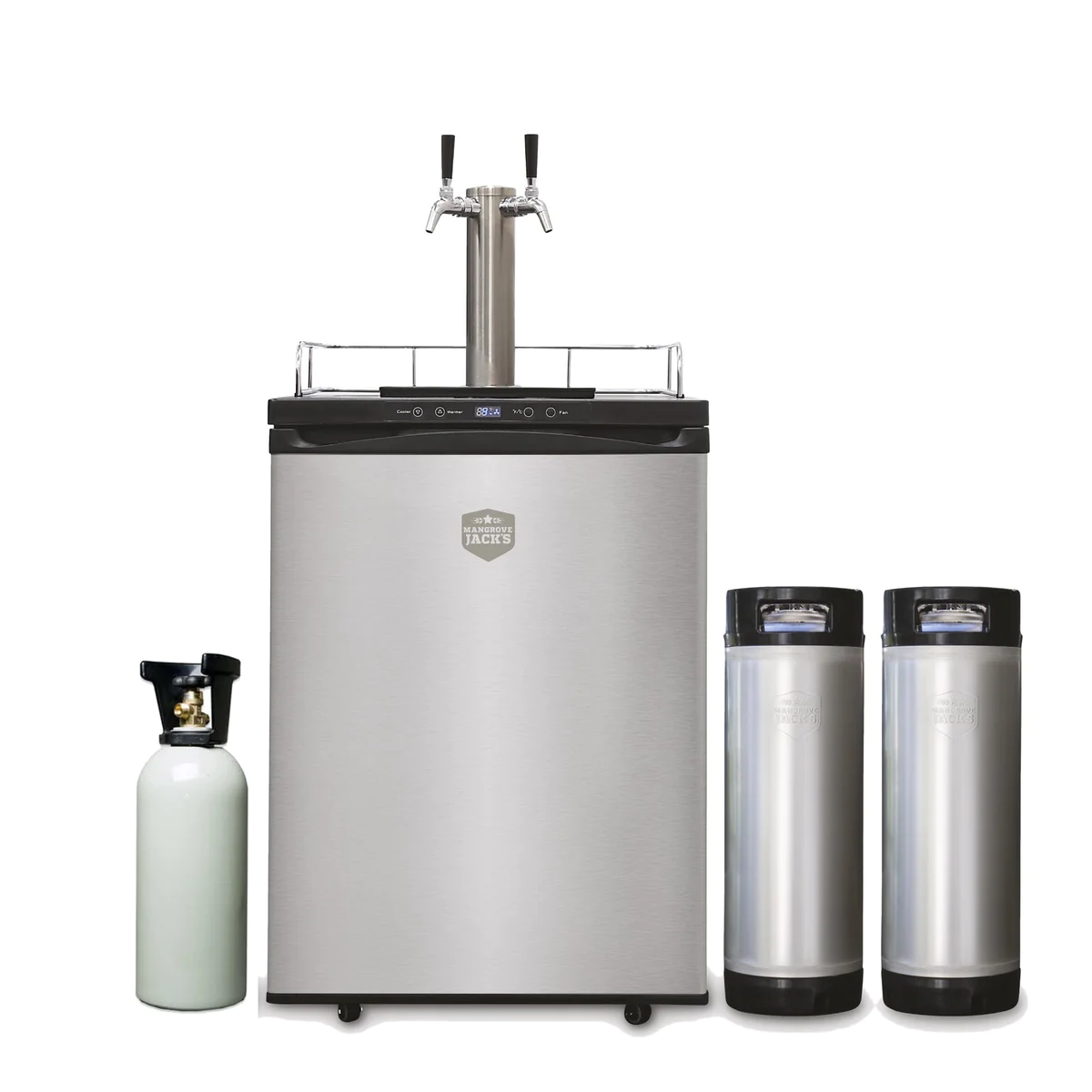
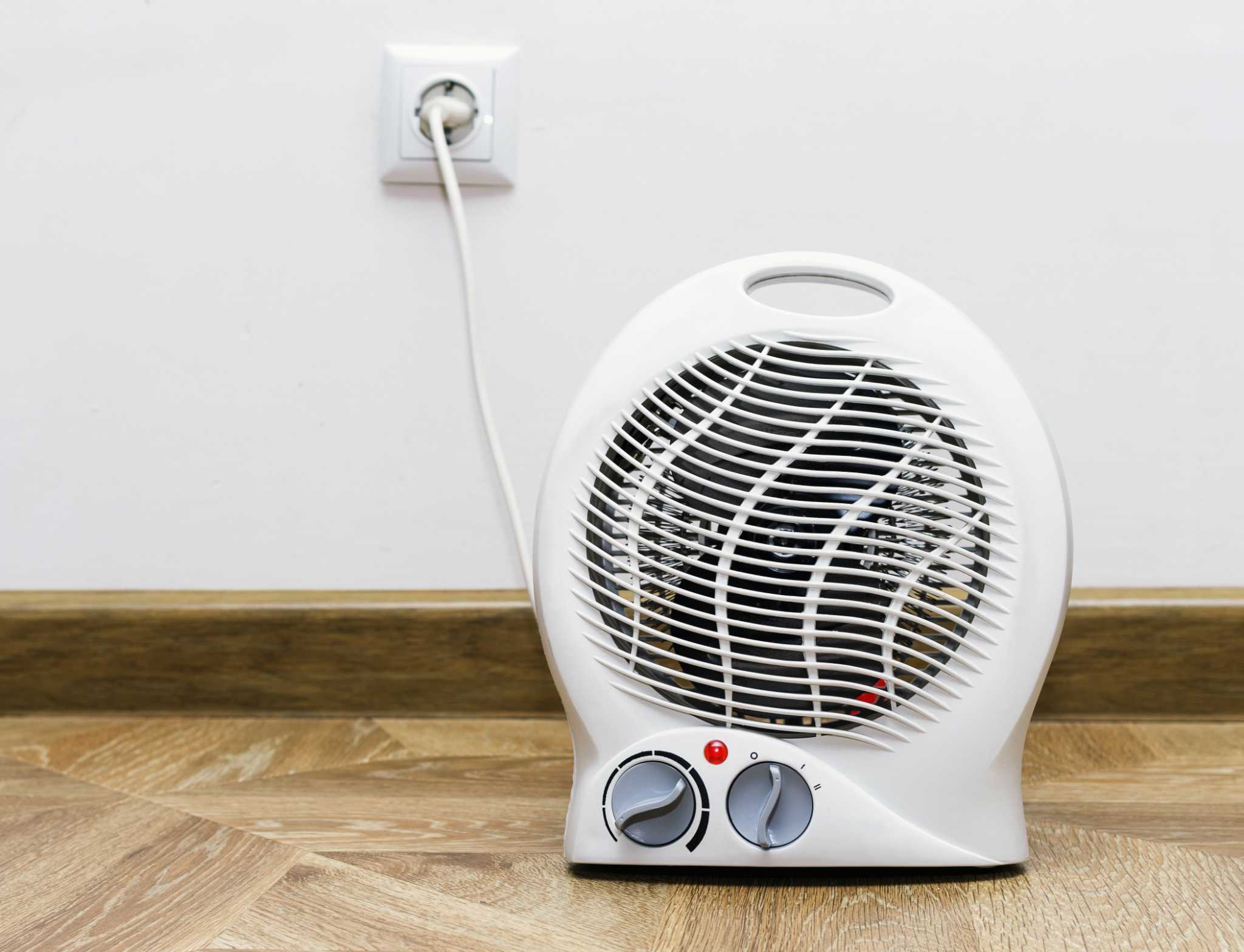
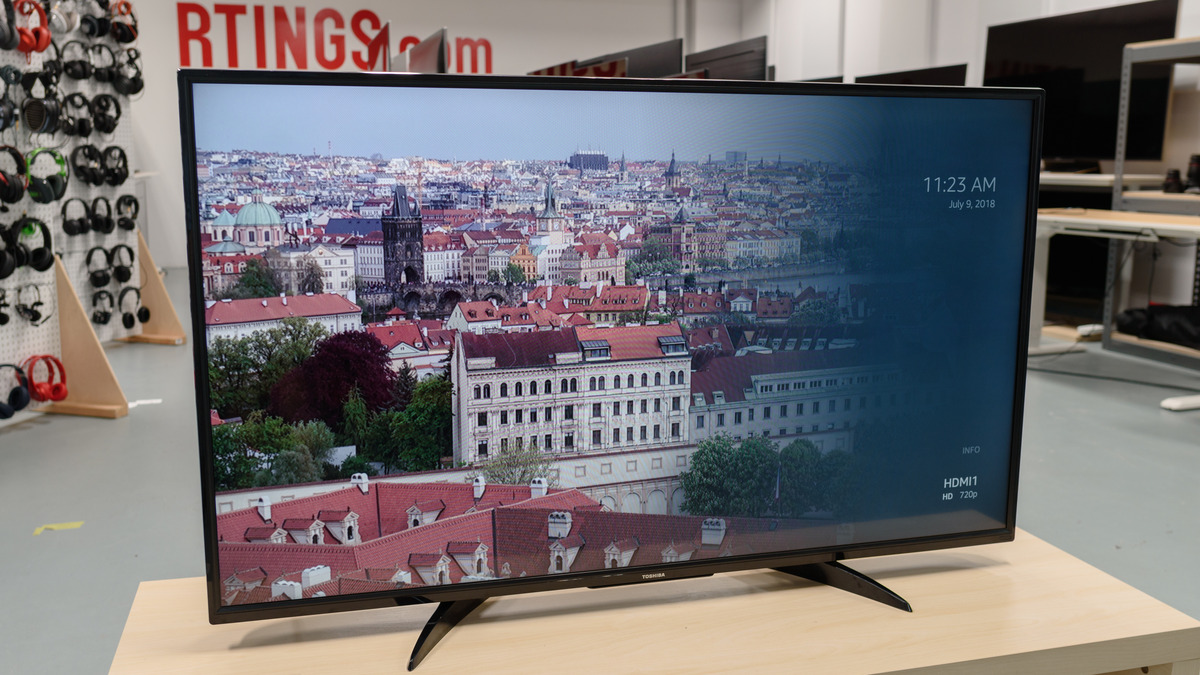
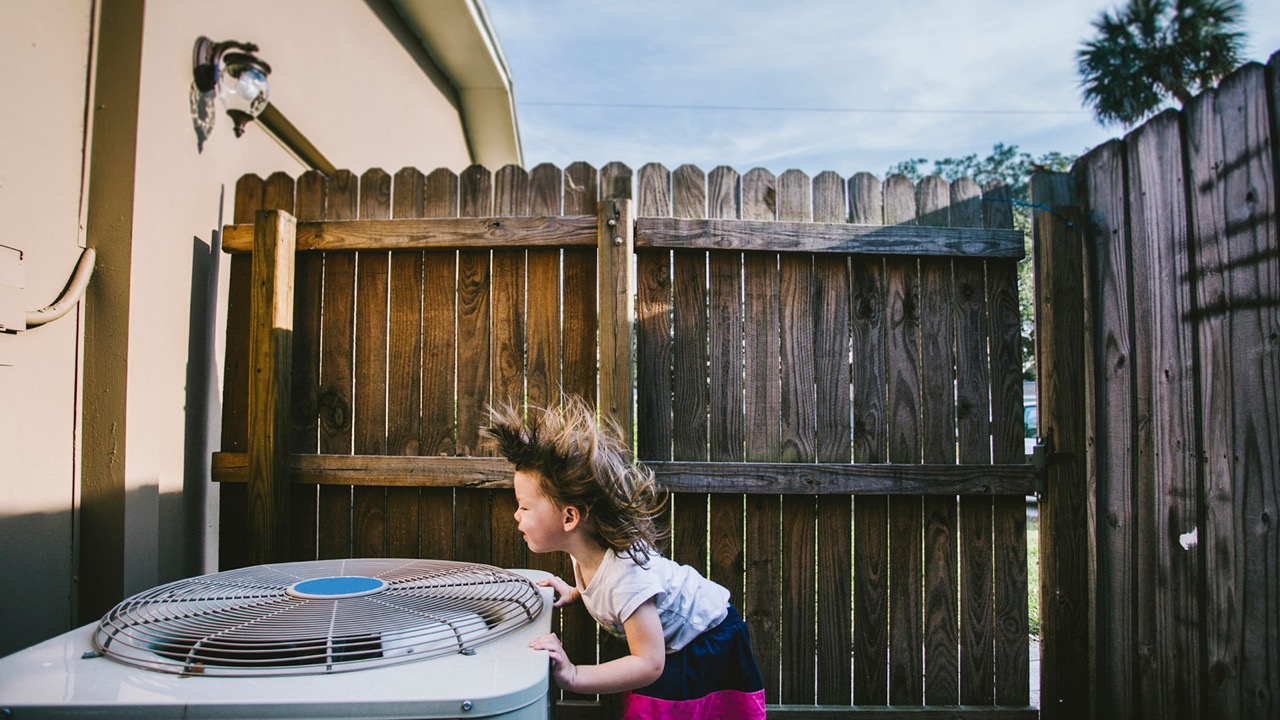
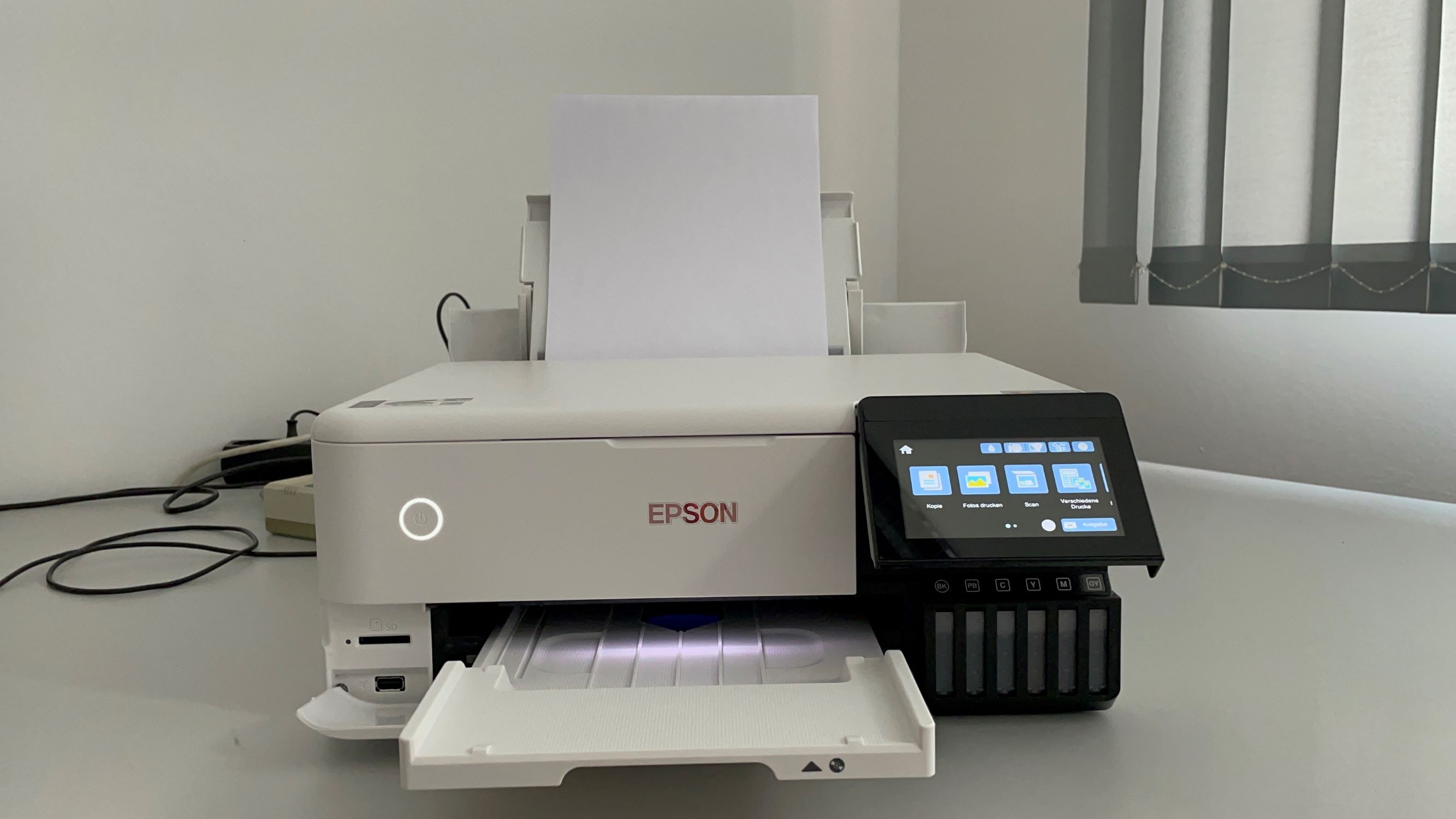
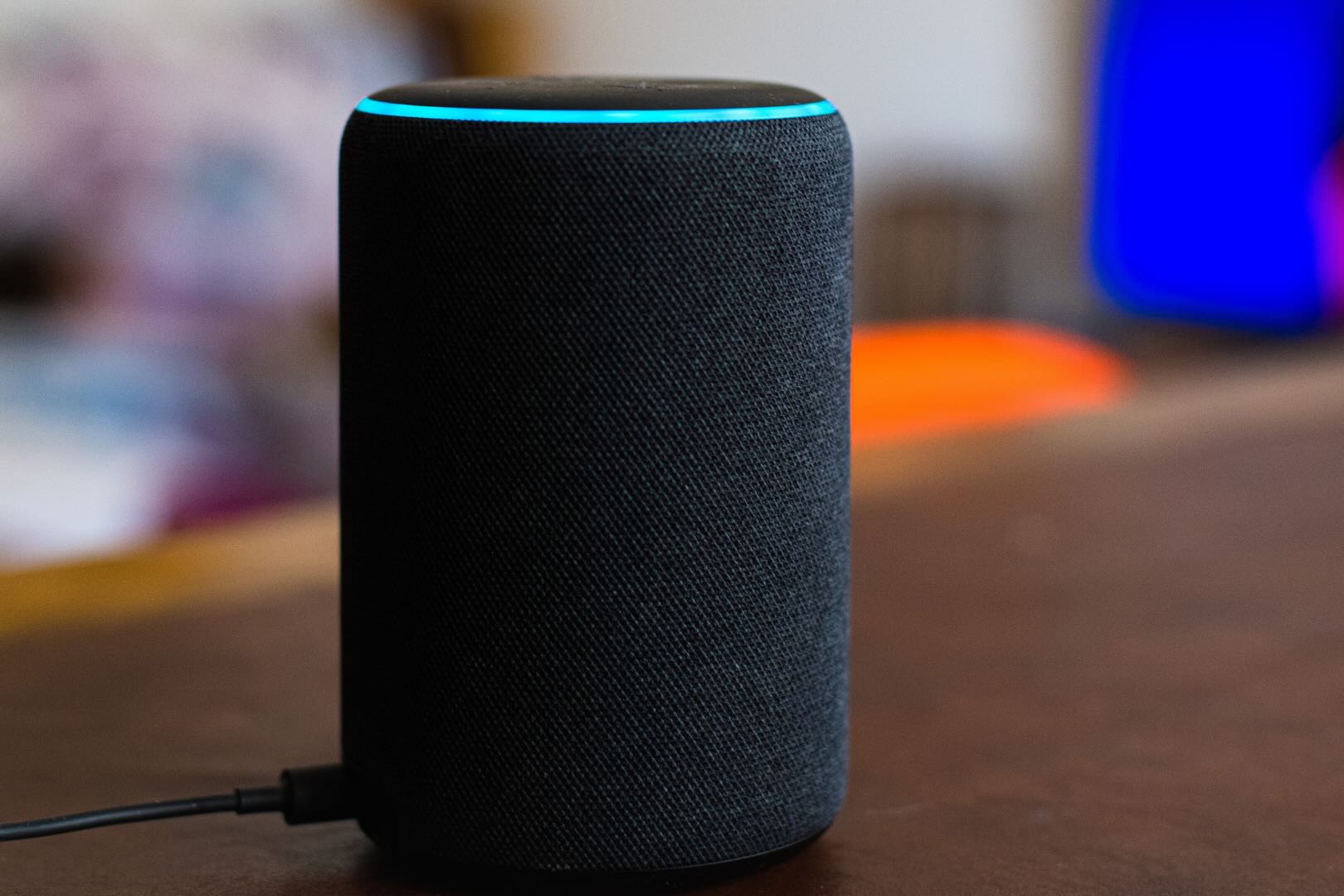
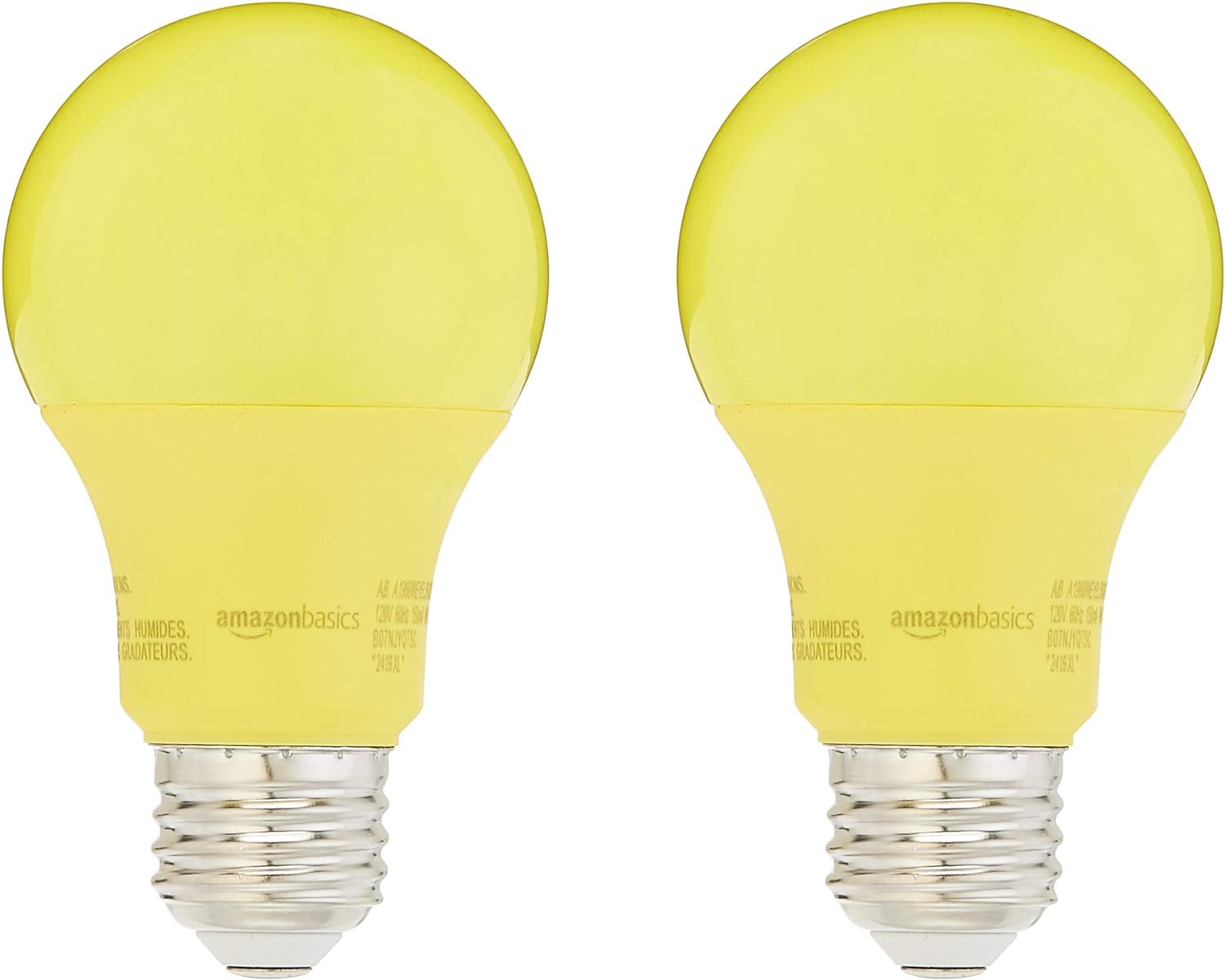
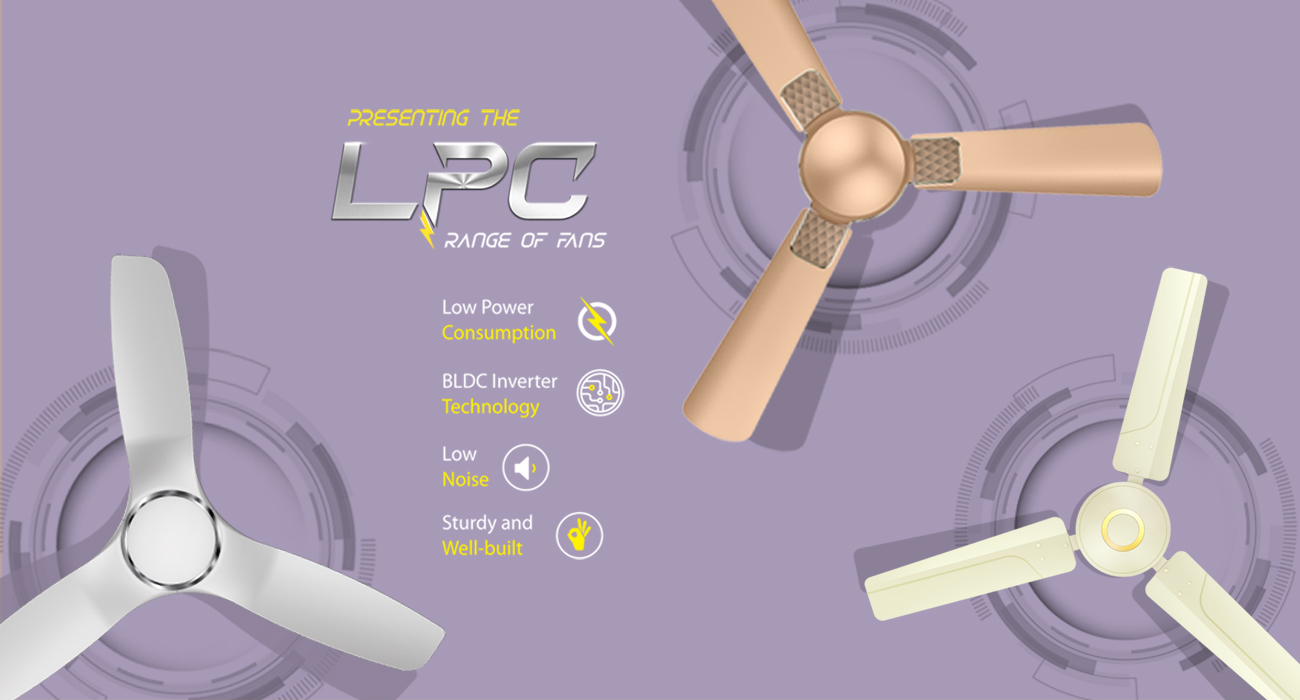
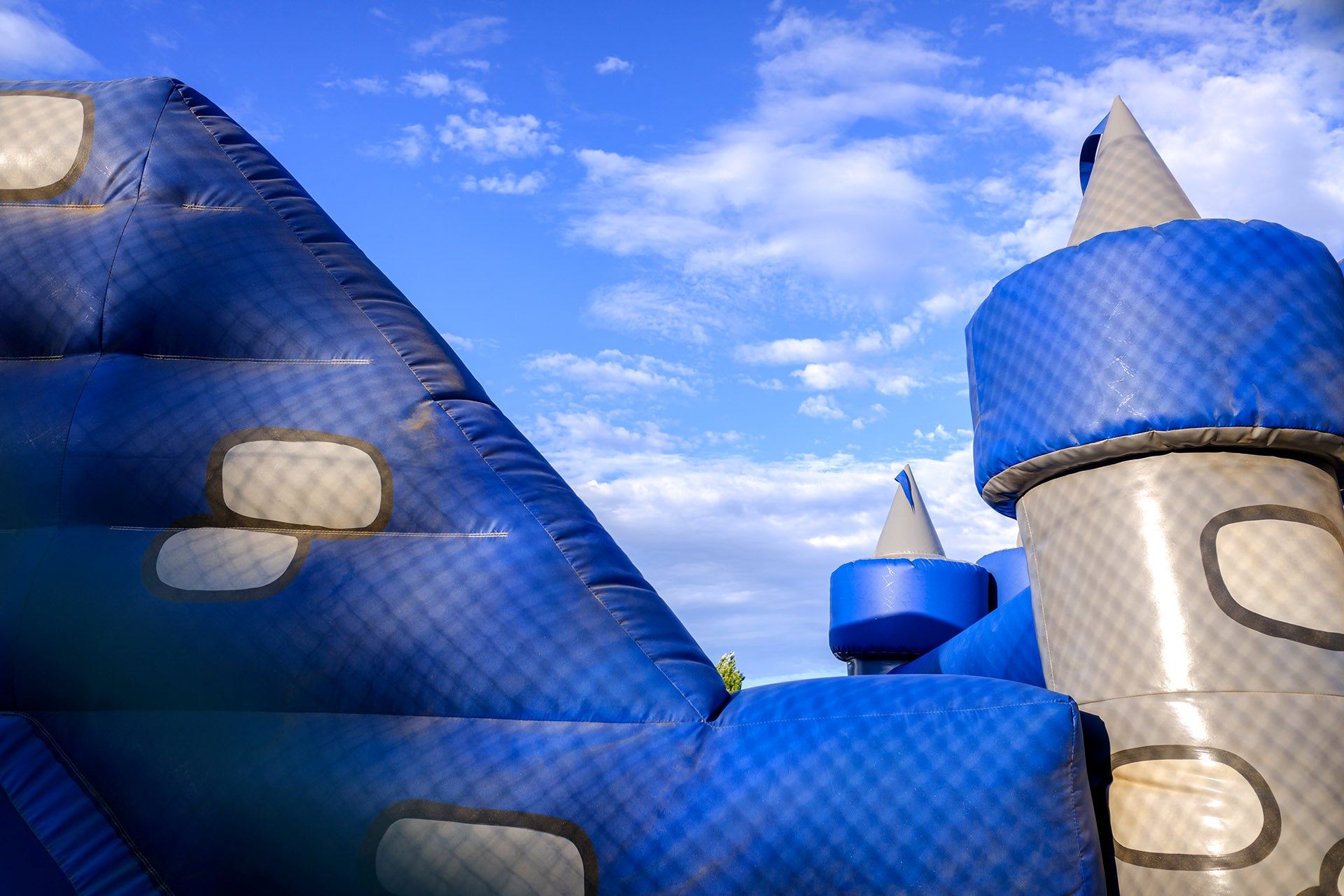
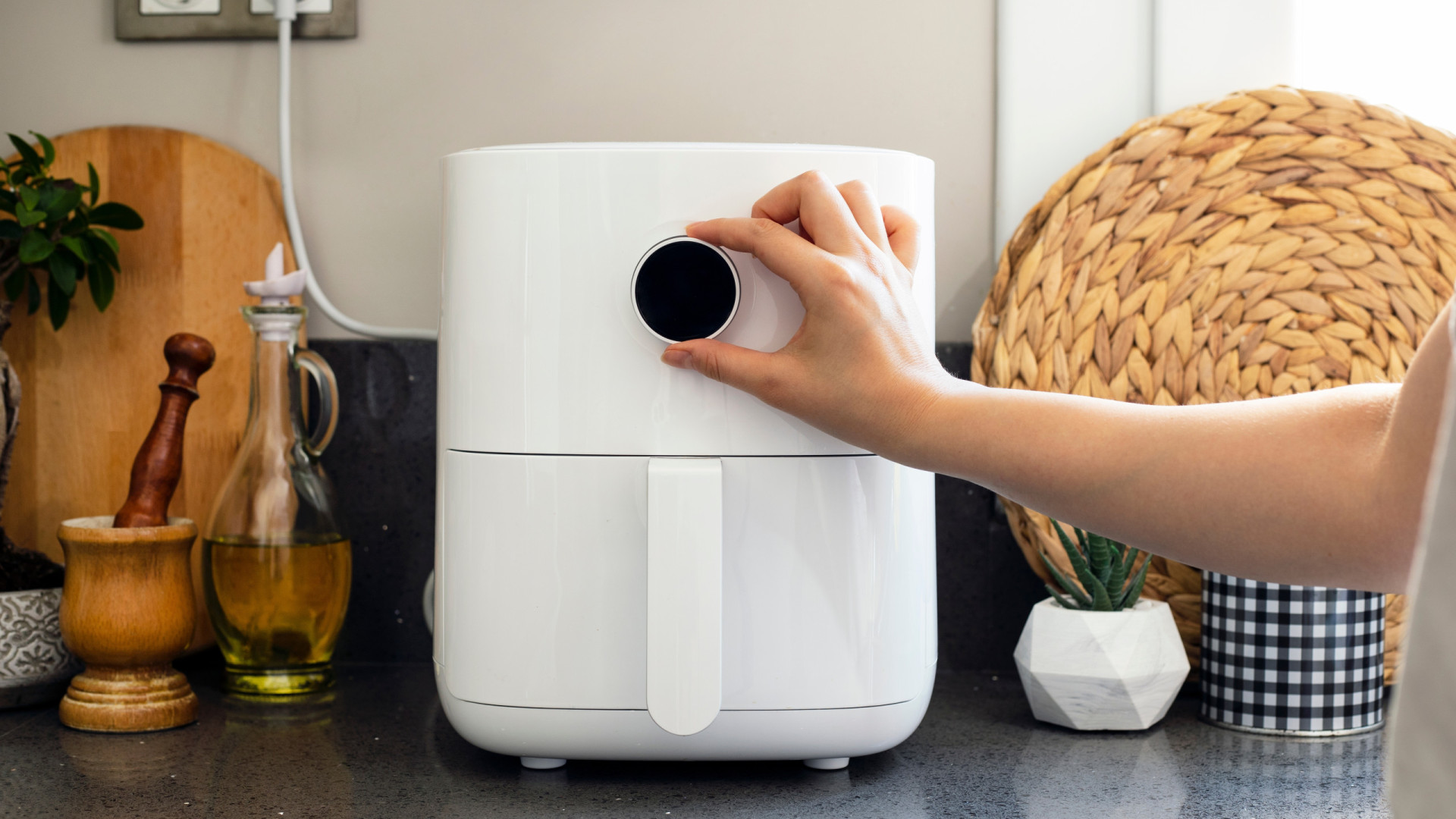
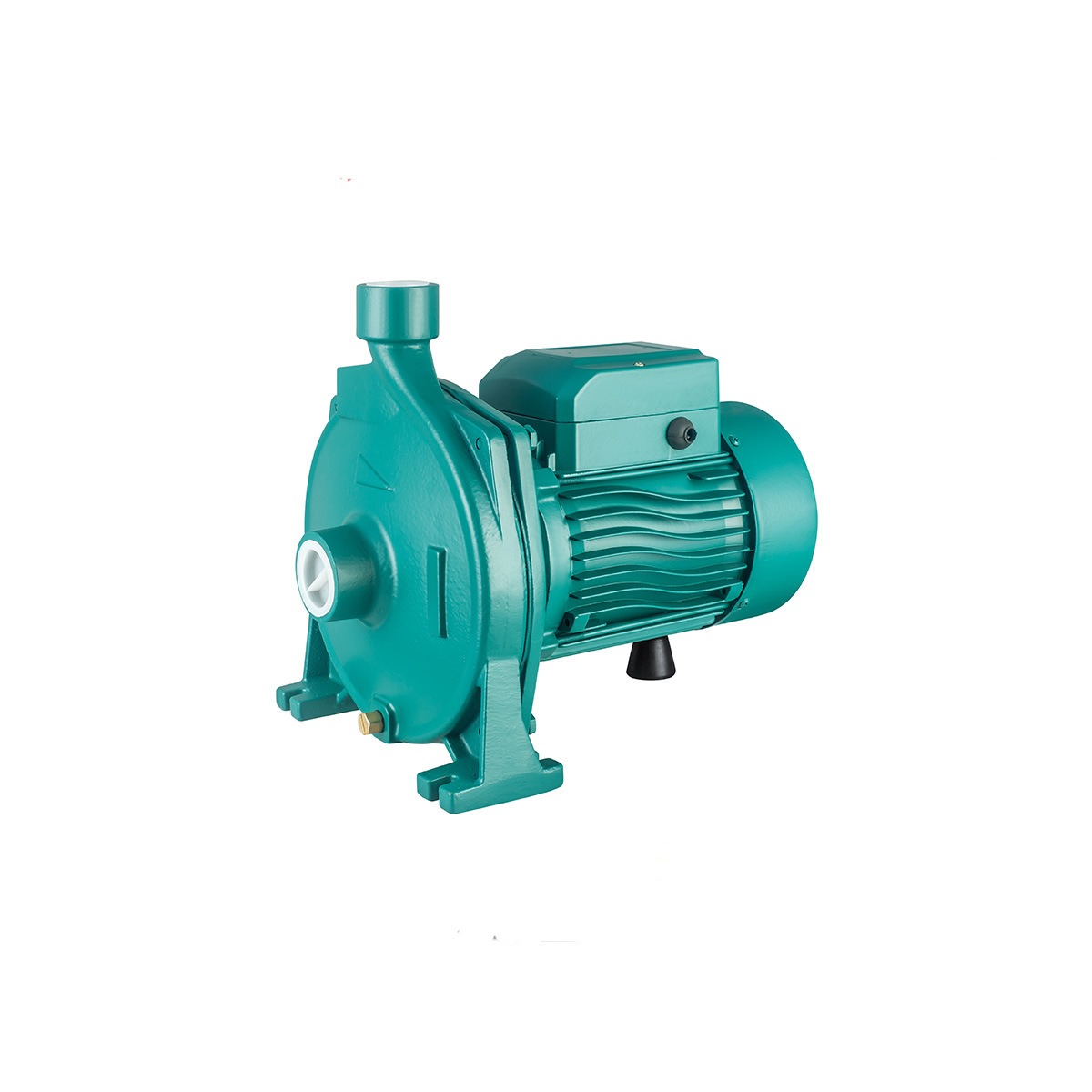
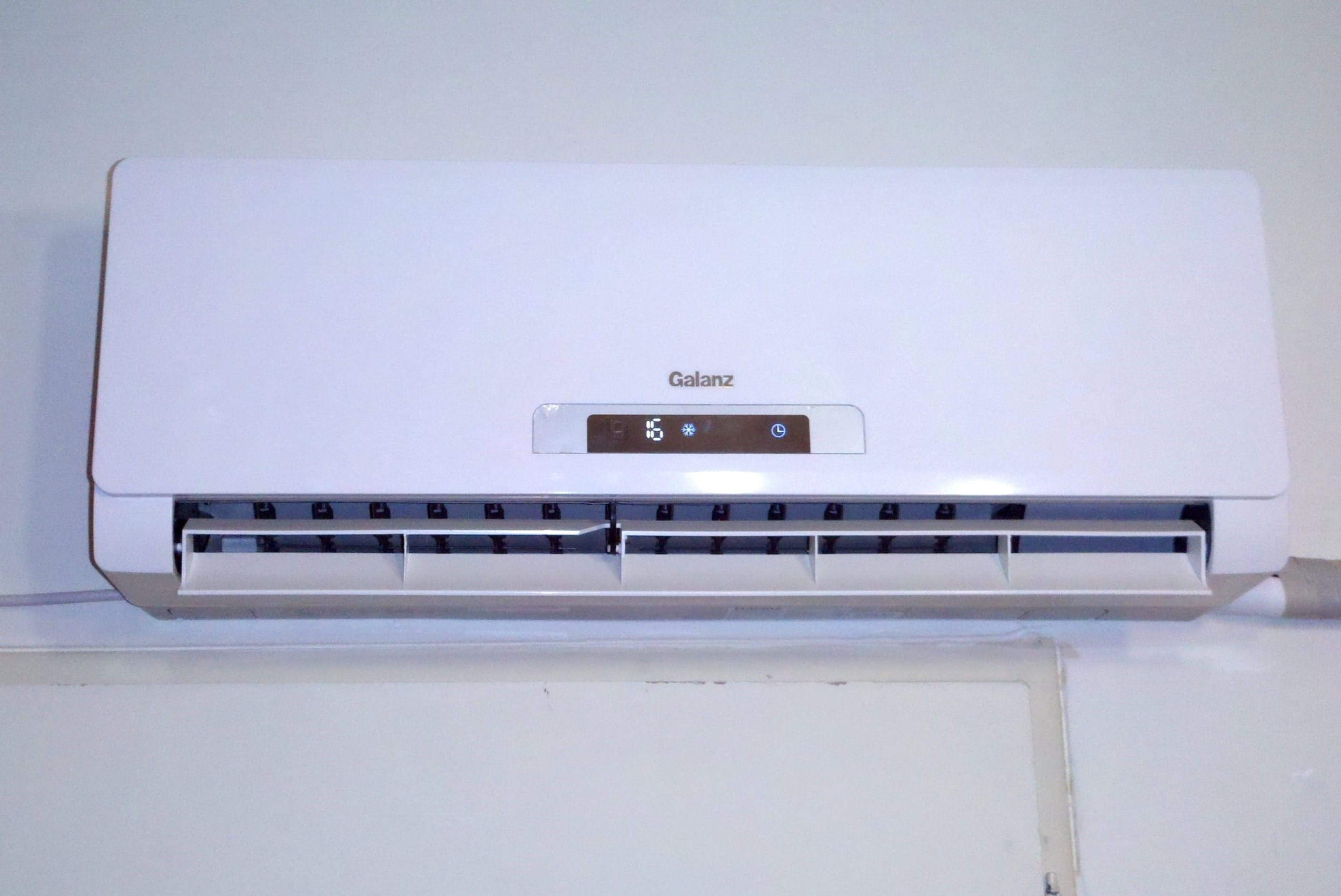
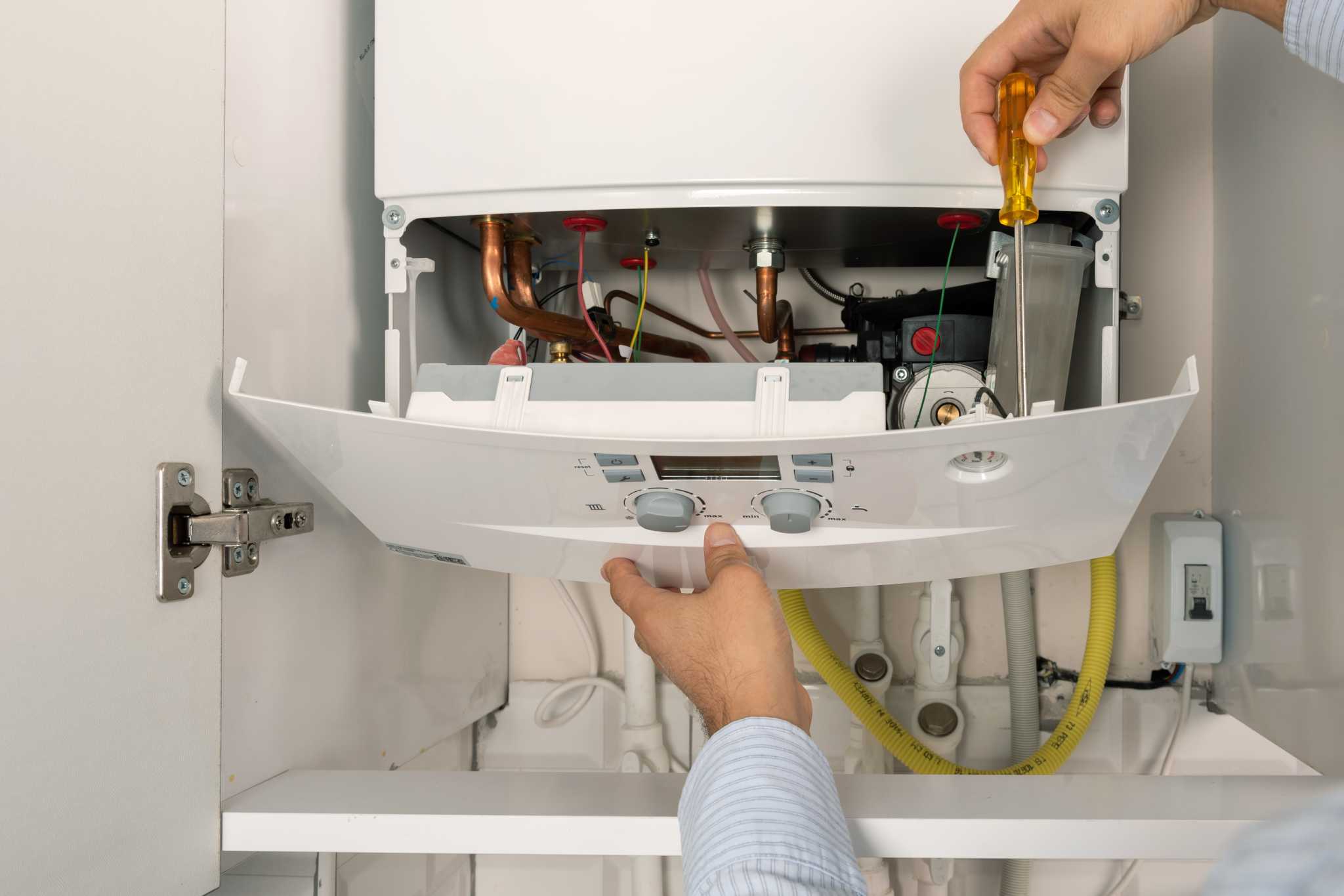
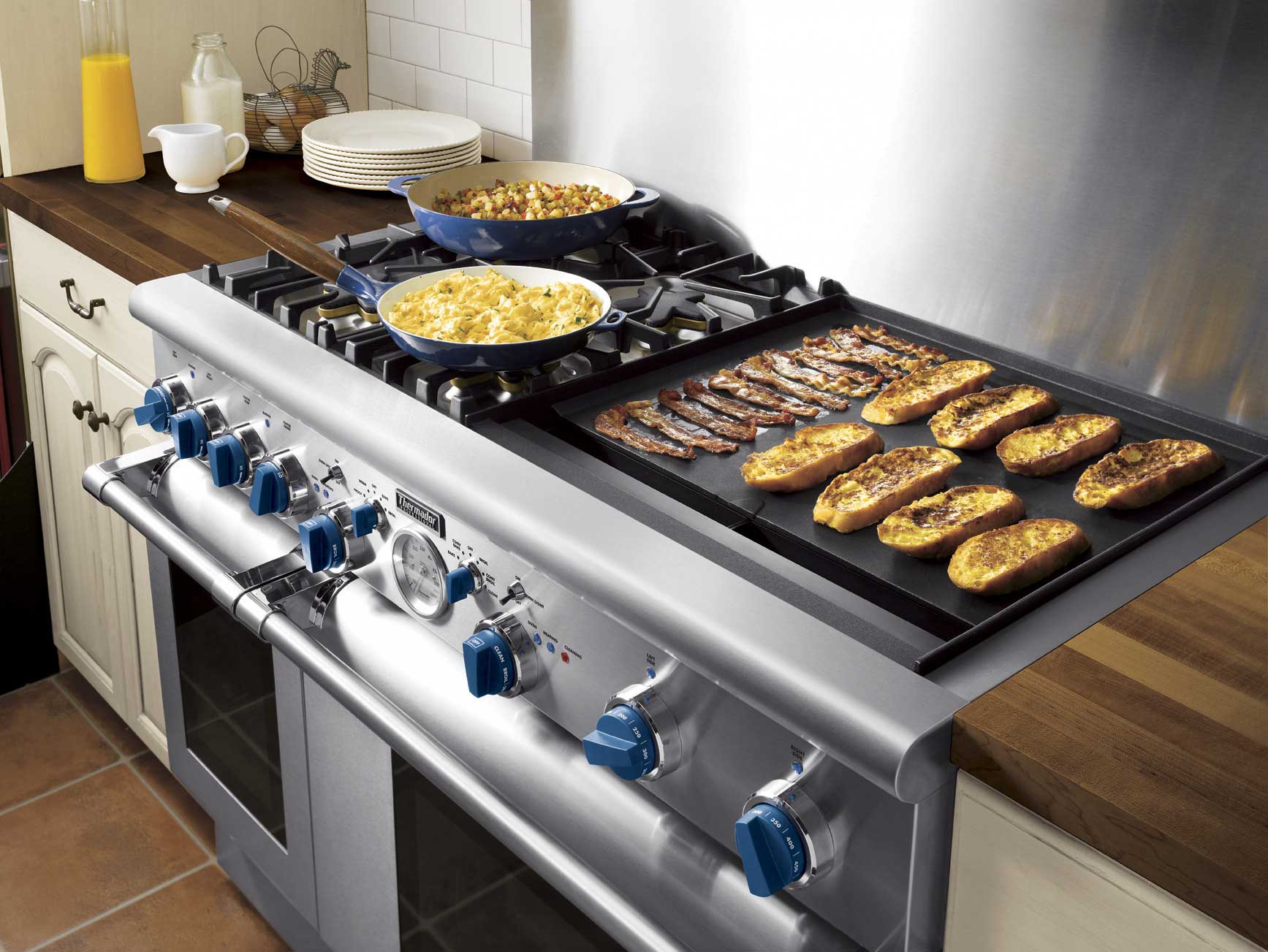

0 thoughts on “How Many Watts Does Toaster Use”